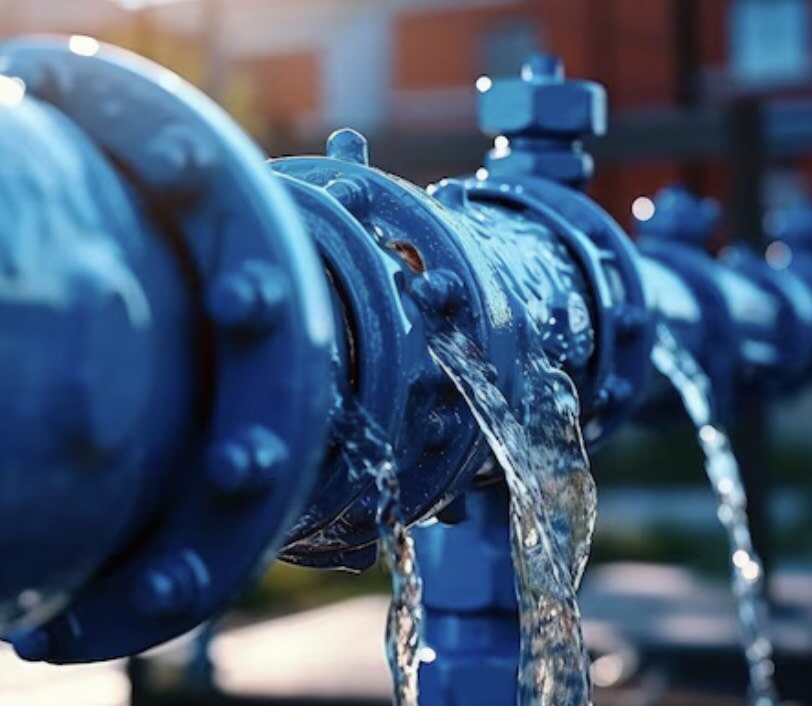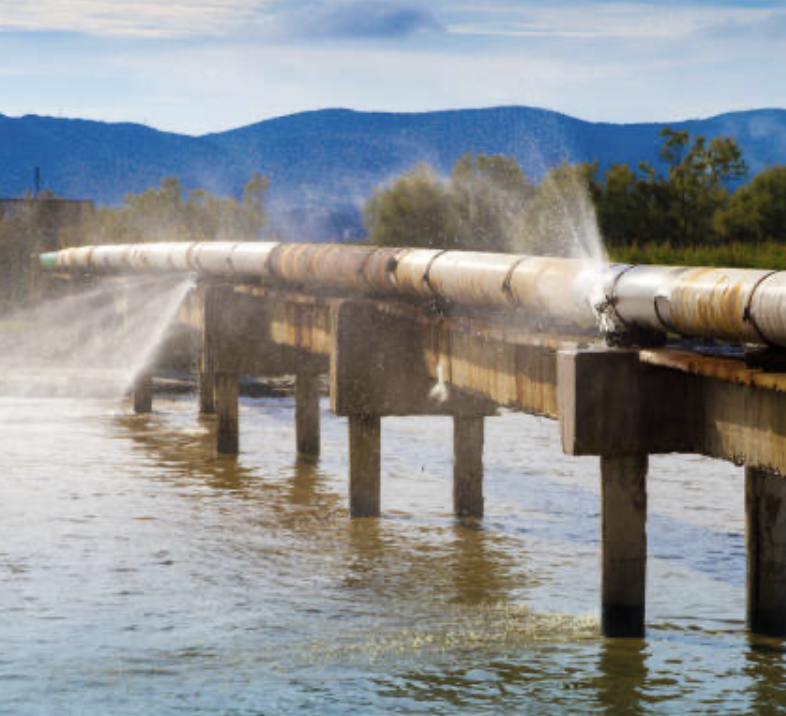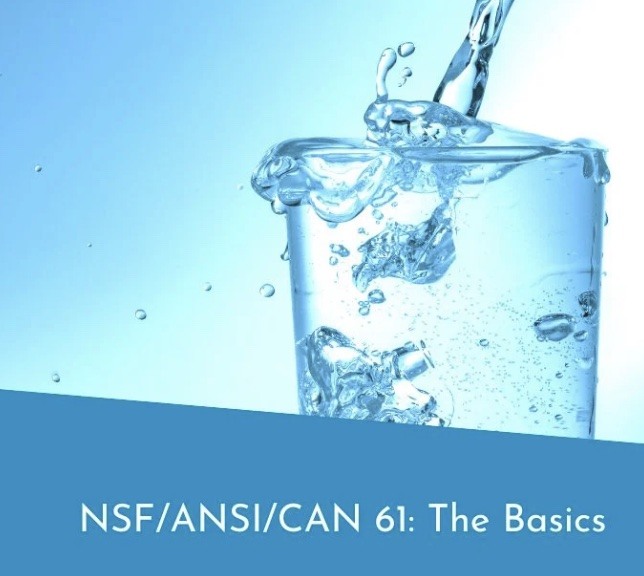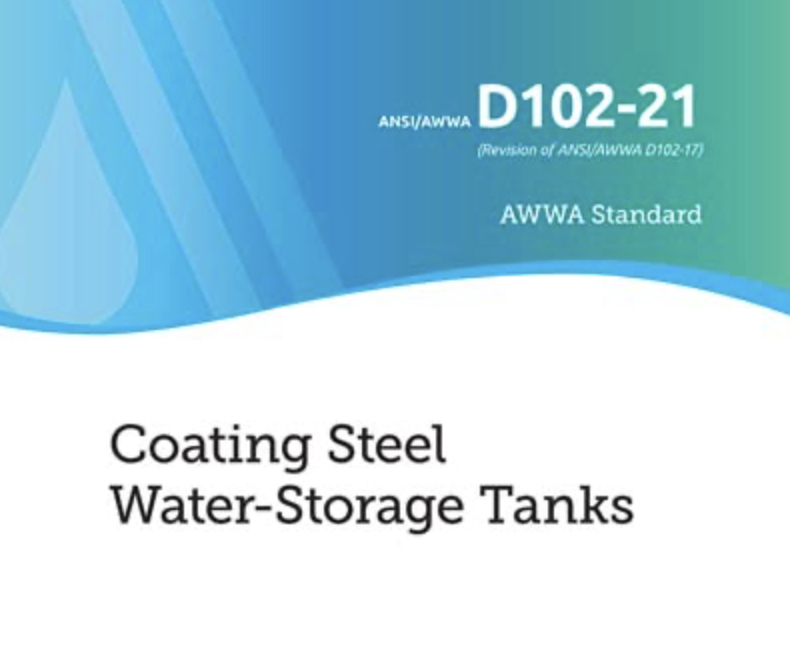
Exploring Coatings in AWWA C210 Standard
Unlock the secrets of enhanced pipeline longevity and performance through the AWWA C210 standard for waterborne coatings.
- Rick Gilbreath
Unlock the secrets of enhanced pipeline longevity and performance through the AWWA C210 standard for waterborne coatings.
Understanding AWWA C210: Scope and Importance
The American Water Works Association (AWWA) C210 is a widely recognized standard that outlines the requirements for the protective external coating of steel water pipelines. The standard emphasizes the importance of coatings in safeguarding water pipes from corrosion, which is crucial for maintaining the integrity and longevity of water infrastructure. It covers the selection and application of coatings, ensuring that they meet the necessary criteria for effectively protecting pipelines against environmental and chemical stresses.
Understanding the scope and importance of AWWA C210 is essential for water utilities, contractors, and engineers. It serves as a guideline for specifying the appropriate coatings for different environments and use cases, thereby contributing to the sustainability and reliability of water distribution systems. Compliance with this standard helps in minimizing maintenance costs, reducing the likelihood of pipeline failures, and ensuring the delivery of safe, clean water.
Key Properties of Coatings Specified in AWWA C210
Coatings specified in the AWWA C210 standard possess several key properties that make them suitable for use in water infrastructure. These properties include excellent adhesion to the steel substrate, resistance to soil stress, abrasion resistance, and the ability to withstand varying temperatures and UV exposure. The standard also specifies the requirements for impact resistance, flexibility, and non-toxicity, ensuring that the coatings will not compromise water quality.

The standard stipulates that coatings must undergo rigorous testing to verify their performance characteristics. This includes assessments for coating thickness, adhesion, holiday detection, and resistance to cathodic disbondment. By defining these properties, AWWA C210 provides a benchmark for quality and performance, ensuring that applied coatings will deliver the protection they promise.
Application Techniques for AWWA C210 Coatings
The application of coatings as per AWWA C210 involves a systematic procedure to ensure maximum efficiency and longevity. Surface preparation is critical and typically involves cleaning and creating a profile on the steel surface to enhance coating adhesion. The standard outlines various application techniques such as spray, brush, or roller, and the conditions under which the coatings should be applied, such as temperature and humidity parameters.
Quality control measures are an integral part of the application process, ensuring that the coatings are applied uniformly and at the appropriate thickness. Inspectors use various methods to verify the adherence to the standard, including visual inspection and non-destructive testing. Proper application techniques are crucial for the performance of the coating system, as they minimize the risk of defects that could lead to corrosion or failure of the water pipeline.
Case Studies: Success Stories Utilizing AWWA C210 Coatings
Numerous case studies illustrate the success of implementing AWWA C210 coatings in various settings. One such example is a water treatment plant that experienced significant reductions in maintenance costs after switching to a coating system compliant with AWWA C210. The coating's resistance to harsh chemicals and abrasion resulted in an extended service life for the facility's pipelines.

Another case study involves a large-scale water distribution network that adopted AWWA C210 coatings for its steel pipes. The result was not only an increase in pipeline durability but also an improvement in water quality, as the coatings were certified to be free of contaminants. These success stories underscore the value of following the AWWA C210 standard in enhancing the performance and longevity of water infrastructure.
Future Trends in Protective Coatings for Water Infrastructure
The field of protective coatings for water infrastructure is continually evolving, with new materials and technologies emerging. Future trends include the development of more environmentally friendly coatings with lower volatile organic compound (VOC) emissions and the use of advanced materials that offer self-healing properties. Smart coatings that can monitor the condition of the pipeline and signal the need for maintenance are also on the horizon.
Research into nanotechnology and its application in coatings may lead to breakthroughs in corrosion resistance and longevity. As the industry progresses, adherence to standards like AWWA C210 will continue to play a pivotal role in the adoption and implementation of these innovative coating solutions, ensuring that they meet the rigorous demands of water infrastructure protection.
Check out these related Blog Posts:
Surface Préparation of Ductile Iron Pipe
Surface Tolerant Epoxy Coatings
Check out these related Project Profiles:

What Are The Benefits of Protective Coatings On...
Discover why coating carbon steel pipelines is...

NSF-Approved Coatings for Potable Water Tanks
NSF-APPROVED COATINGS FOR POTABLE WATER TANKS
...
